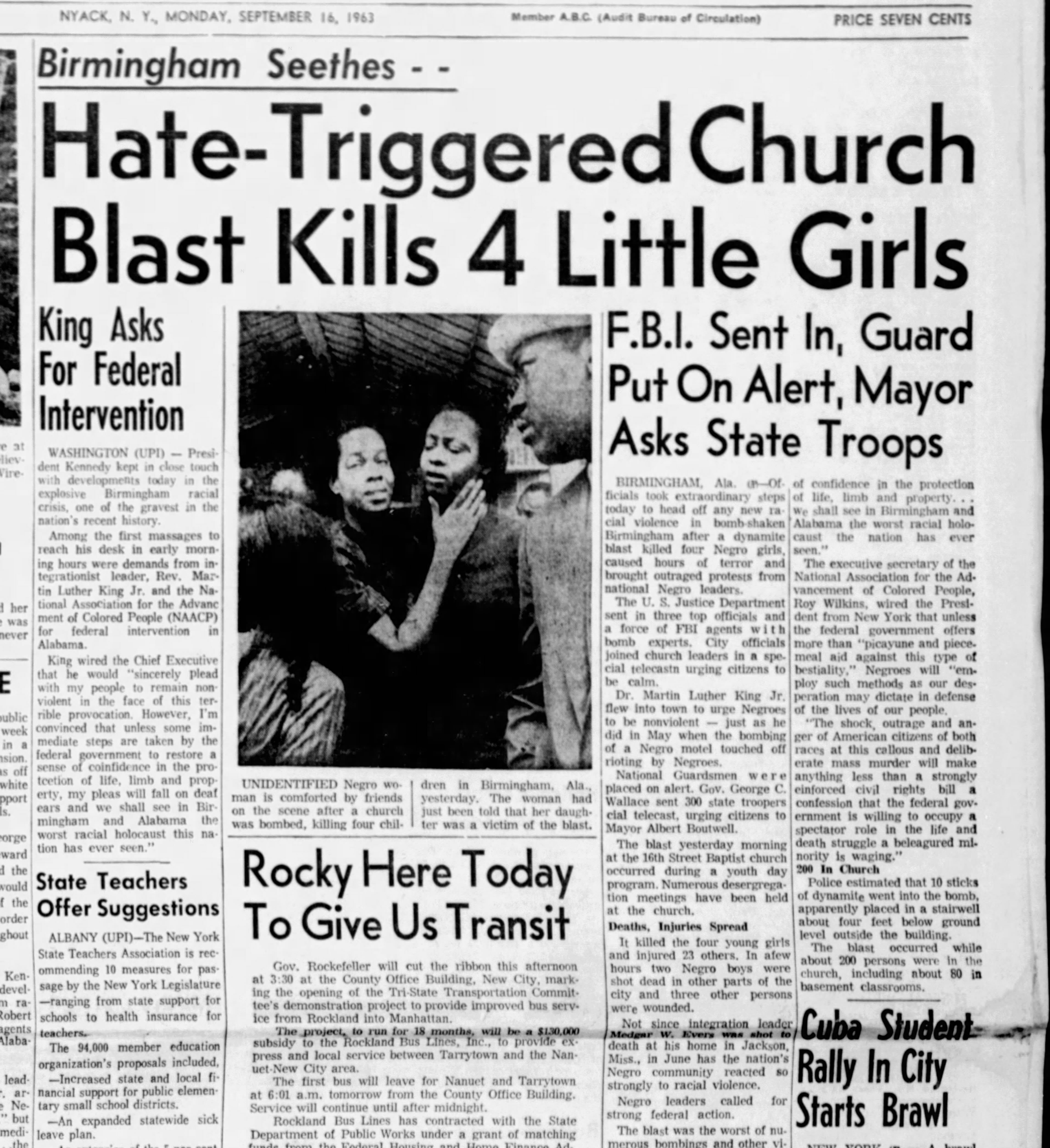Excitement About News Articles
Excitement About News Articles
Blog Article
How News Articles can Save You Time, Stress, and Money.
Table of ContentsNews Articles Can Be Fun For Anyone5 Easy Facts About News Articles ShownThings about News ArticlesAbout News ArticlesThe Ultimate Guide To News Articles
Good understanding of different subjects provides trainees a competitive edge over their peers. Although digital and social media are conveniently obtainable, we should not fail to remember exactly how important it is to check out the papers. Parents should attempt and inculcate the habit of reading a newspaper as a day-to-day regimen to continue the tradition of the revered print tool.News tales additionally have at the very least among the following essential characteristics loved one to the designated audience: proximity, prominence, timeliness, human passion, quirk, or effect. The related term journalese is in some cases used, usually pejoratively, to describe news-style writing. Another is headlinese. Newspapers typically adhere to an expository writing design.
Within these restrictions, news tales likewise intend to be extensive. Among the bigger and a lot more reputable papers, fairness and balance is a significant element in offering details.
Papers with an international target market, for example, tend to utilize a much more official style of composing. News Articles.; usual design guides include the and the United States News Design Book.
How News Articles can Save You Time, Stress, and Money.
Generally, journalists will not utilize a long word when a brief one will certainly do. They make use of subject-verb-object building and construction and vivid, active prose (see Grammar). They provide stories, examples and metaphors, and they seldom rely on generalizations or abstract concepts. Information authors attempt to stay clear of utilizing the very same word greater than once in a paragraph (sometimes called an "echo" or "word mirror").
Nonetheless, headings sometimes omit the topic (e.g., "Jumps From Boat, Catches in Wheel") or verb (e.g., "Cat female fortunate"). A subhead (also subhed, sub-headline, subheading, subtitle, deck or dek) can be either a subservient title under the primary headline, or the heading of a subsection of the write-up. It is a heading that comes before the major message, or a team of paragraphs of the main message.

of a short article subject, source, or interviewee), it is described as a pulled quote or draw quote. Added billboards of any of these kinds might show up later in the post (specifically on subsequent pages) to attract additional reading. Journalistic web sites sometimes use computer animation techniques to swap one billboard for another (e.g.
Not known Factual Statements About News Articles
Such click signboards are additionally utilized as tips to the write-up in various other sections of the publication or site, or as advertisements for the piece in various other publication or websites. News release of the Swiss federal government. Normal framework with title, lead paragraph (summary in bold), other paragraphs (information) and contact information.

Instance of a hard-lead paragraph NASA is suggesting another space task. The agency's budget plan demand, revealed today, included a strategy to send out one more mission to the Moon. This time the firm wants to establish a long-term center as a jumping-off place for various other area journeys. The budget plan requests approximately $10 billion for the project.
An "off-lead" is the 2nd most vital front page news of the day. To "hide the lead" is to begin the article with history information or information of second significance to the visitors, compeling them to check out even more deeply right into a post than they must have to in order to find the important points.
The Single Strategy To Use For News Articles
Common use is that or more sentences reference each form their own paragraph. Journalists typically explain the company or framework of a newspaper article as an inverted pyramid. The essential and most fascinating aspects of a story are put at the beginning, with sustaining information adhering to in order of decreasing value.
It permits people to discover a subject to just the depth that their curiosity takes them, and without the imposition of information or nuances that they could consider irrelevant, yet still making that information available to a lot more interested visitors. The upside down pyramid framework likewise enables articles to be cut to any type of approximate size throughout layout, to suit the space offered.
Some writers start their stories with the "1-2-3 lead", yet there are numerous kinds of lead available. A twist can refer to multiple points: The last tale in the information broadcast; a "delighted" story to article finish the show.
Longer articles, such as magazine cover posts and the pieces that lead the inside sections of a paper, are recognized as. Function stories vary from straight news in a number of methods.
News Articles Can Be Fun For Everyone
An attribute's first paragraphs commonly relate an interesting moment or event, as in an "anecdotal lead". From the particulars of a person or episode, its sight rapidly broadens to abstract principles regarding the tale's topic.

The Editor's Tool kit: A Recommendation Guide for Beginners and Professionals (2001) Allan M. Siegal and William G. Connolly. The New York Times Manual of Style and Use: The Official Style Guide Made Use Of by the Writers and Editors of the World's The majority of Authoritative Paper (2002) M. L. Stein, Susan Paterno, and R.
Report this page